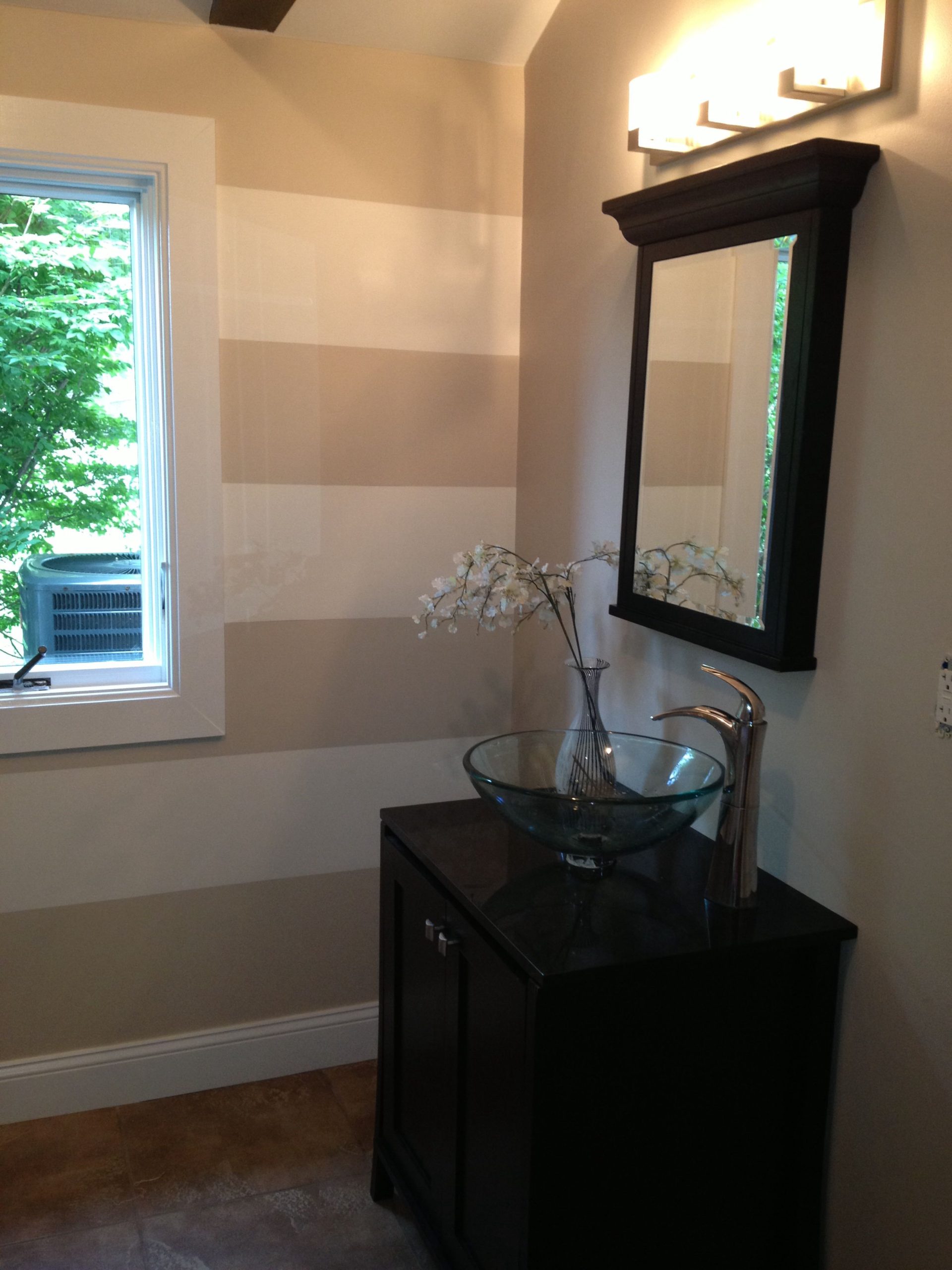Decoding the Warmth of Benjamin Moore’s Cedar Key
Meet Benjamin Moore Cedar Key (OC-16), a versatile paint color that embodies the serene beauty of driftwood. This warm and welcoming neutral acts like a chameleon, effortlessly blending into any room while adding a touch of sophistication. Whether you’re aiming for a modern or traditional aesthetic, Cedar Key offers a timeless elegance that makes any space feel instantly cozy.
Where Beige Meets Taupe
Cedar Key masterfully blends the best of beige and taupe, creating a shade that’s both inviting and intriguing. This perfect balance ensures the color is neither too warm nor too cool. The result is an understated elegance that brings a sense of calm and welcome to any space.
Understanding Light Reflectance Value (LRV)
The Light Reflectance Value (LRV) of a paint color significantly impacts a room’s atmosphere. Cedar Key, with an LRV of 61.05, reflects a good amount of light. This means spaces painted in Cedar Key will likely feel airier and more open, almost as if bathed in sunshine.
Unveiling the Undertones of Cedar Key
Cedar Key isn’t a one-dimensional neutral. Its subtle beige and taupe undertones interact beautifully with light, creating a captivating chameleon effect. Throughout the day, you may notice subtle shifts in its appearance. Natural daylight tends to emphasize its beige personality, while artificial light brings out a warmer, gray side.
Effortless Color Coordination
Pairing Cedar Key with other colors is remarkably easy. For a classic, timeless feel, consider combining it with a crisp white like Benjamin Moore’s White Dove (OC-17). However, don’t shy away from bolder choices. Earthy greens, calming blues, and cozy grays all harmonize beautifully with Cedar Key’s warm undertones.
Beyond Interior Walls: Cedar Key’s Versatility
Cedar Key’s versatility extends far beyond interior walls. Imagine your home’s exterior – be it siding, stucco, or brick – adorned with the understated elegance of Cedar Key. The result? Instant curb appeal. Inside, Cedar Key is equally at home in living rooms, bedrooms, kitchens – the possibilities are endless.
Inspiration Awaits: Real-Life Cedar Key Transformations
To truly grasp the transformative power of Cedar Key, explore real-world examples. Benjamin Moore Black Forest Green and Benjamin Moore exterior paint combinations offer a glimpse into how this versatile neutral can completely redefine a space, creating a harmonious and inviting atmosphere.
Is Benjamin Moore’s Cedar Key a Warm Color?
While the name might evoke cool, beachy vibes, Benjamin Moore’s Cedar Key is surprisingly warm and inviting. Its warmth isn’t overwhelming, but rather a gentle, welcoming embrace – like a sun-drenched room on a cloudy day.
Cedar Key achieves this delicate balance by walking the line between beige and gray. Its subtle gray undertones prevent it from veering into the overly yellow territory that some warmer beiges can occupy. This interplay of undertones is central to Cedar Key’s charm.
The Light Reflectance Value (LRV) of 61 also contributes to its warmth. A higher LRV indicates that a color reflects more light. Cedar Key, with its LRV of 61, bounces back a significant amount of light, enhancing its warm and airy feel.
Adding to its complexity is Cedar Key’s “chameleon effect.” Depending on the lighting, time of day, and surrounding colors, it can appear subtly different. This adaptability further enhances its versatility, allowing it to seamlessly integrate into diverse design schemes.
And versatile it is. Cedar Key pairs well with a wide spectrum of colors, from earthy greens and calming blues to cozy grays and crisp whites. This adaptability makes it a favorite among homeowners and designers alike.
The warmth of Cedar Key evokes feelings of comfort, serenity, and even a touch of sophistication. Benjamin Moore themselves describe it as having a “subtlety” that reveals “unique softness and depth” upon closer inspection.
Unlocking the Secrets of Cedar Key’s Undertones
To truly appreciate Cedar Key’s allure, we must delve into its undertones – those subtle hints of color that lie beneath the surface. As a warm neutral, Cedar Key masterfully balances beige and gray, offering a welcoming warmth without feeling too yellow or one-dimensional.
Its LRV of 61 further adds to its complexity. This high LRV allows Cedar Key to brighten a room, creating a sense of spaciousness and airiness.
However, Cedar Key’s most intriguing characteristic might be its chameleon-like ability to transform depending on the light. Natural light tends to bring out its gray undertones, lending a slightly cooler vibe, while artificial light emphasizes the beige, creating a cozier atmosphere. It’s like having two colors in one.
Imagine Cedar Key in your living room, where its warmth invites you to relax. Picture it in your bedroom, providing a serene backdrop for a restful night’s sleep. Envision it in your kitchen, adding a touch of elegance to your cabinets. Cedar Key’s versatility shines through in any setting.
Exploring the Popularity of Benjamin Moore’s Cedar Key
To understand Cedar Key’s widespread appeal, we need to look beyond its initial impression as a simple beige. It’s the unique blend of soft beige and subtle gray undertones that makes it truly captivating. This interplay of warm and cool allows Cedar Key to adapt to different lighting situations like a chameleon. In low-light rooms, it creates a cozy and inviting atmosphere, while in sun-drenched spaces, it feels open and airy.
Its LRV of 61 strikes a perfect balance, reflecting enough light to make a room feel spacious and welcoming without appearing stark or overwhelming.
Cedar Key’s versatility extends to design styles as well. It complements both modern and traditional aesthetics, acting as a blank canvas for your vision. Whether you prefer bold accent colors or classic furnishings, Cedar Key provides a timeless elegance that elevates any space.
Here’s a quick recap of what makes Cedar Key so special:
- Warm Neutral Rockstar: The balanced blend of beige and gray creates adaptability.
- Ideal LRV of 61: Bright and airy, without being too intense.
- Style Chameleon: Works harmoniously with a wide array of design styles.
- Versatility at its Finest: Create a sophisticated or cozy space – the choice is yours.
Key Points about Benjamin Moore Cedar Key:
- Combines the warmth of beige with the sophistication of taupe.
- LRV of 61.05, reflecting light for an airy feel.
- Subtle undertones of beige and taupe shift with changing light.
- Complements a wide range of colors, including earthy greens, calming blues, cozy grays, and crisp whites (e.g., Benjamin Moore White Dove).
- Versatile for both exterior and interior use.
- Creates a warm and welcoming ambiance in any space.
People’s Statements:
- “Subtlety: At first glance, the color might be a simple neutral hue. However, closer inspection reveals subtle variations, lending the color its unique softness and depth.”
- “Gray Undertones: The Benjamin Moore Cedar Key is woven with soft gray undertones. This interplay gives it an aura of sophistication and tranquility.”
- Burning Plastic Smell in House: Causes, Solutions, and Safety Measures - April 8, 2025
- Best Bug Killer for Yard: Effective Pest Control Guide (2024) - April 8, 2025
- Brown Recluse Spider Bites: Identification, Treatment, and Prevention - April 8, 2025










